content body
It was the middle of winter, and a pregnant goat named Storm was under the weather.
“Storm began ‘laying around’ this past January into early February,” said her owner Lybbi Epperson. “We thought she was just ‘overly pregnant’ and tired, but when things progressed daily, we knew she was sick. After a quick assessment and ketone check, we realized she had pregnancy toxemia.”

While the hospital is a life-saving resource for farmers and equine owners, it’s also a top-notch training facility for the next generation of veterinarians.
When Epperson was unable to stabilize Storm at her home in rural Lee County, Alabama, she rushed her to the Vaughan Large Animal Teaching Hospital, part of Auburn’s College of Veterinary Medicine (CVM). A veterinarian and CVM graduate herself, Epperson knows the Vaughan Large Animal Teaching Hospital is where farmers and equine owners from Alabama, Georgia and the Florida panhandle go when they have sick animals.
The hospital offers 24-hour emergency and critical care for both horses and farm animals, including cattle, goats, sheep, alpacas, llamas and pigs.
Caring for emergency cases
Some clients from rural areas, who may not have access to veterinary care, come directly to the hospital as soon as they notice something wrong, whether that’s abdominal pain, lameness or wounds. Other patients are referred by local veterinarians when they need a higher level of care.
“A common emergency for horses would be colic, which is a general term we use anytime a horse is showing abdominal pain,” said Dr. Erin Groover, clinical professor of equine internal medicine at CVM. “The types of conditions we treat are often affected by the time of year — during the spring, for example, we see more sick foals. And of course, we see a lot of injuries like lacerations or eye injuries that can occur any time.”
As soon as an animal arrives, it is examined by board-certified specialist veterinarians, residents, technicians and senior veterinary students who assess, diagnose and treat the patient. And when animals need specialized care during an emergency, the hospital has access to veterinarians who specialize in internal medicine, surgery, reproduction and ophthalmology.

At the Vaughan Large Animal Hospital, each animal is seen by board-certified specialist veterinarians, residents, technicians and senior veterinary students who assess, diagnose and treat the patient.
There’s also 24-hour nursing care, pharmacy services and diagnostic imaging including MRI, ultrasonography, digital radiology and a specialized CT scanner that allows a horse to stand during an exam — one of just a few in the country.
The hospital’s facilities include an arena for evaluating and treating lameness, a fully functioning commercial dairy, advanced surgical suites and recovery rooms, an intensive care unit, an isolation unit and even a neonatal ICU for the youngest patients.
Teaching and learning
While the hospital is a life-saving resource for farmers and equine owners, it’s also a top-notch training facility for the next generation of veterinarians. In their final year of veterinary school, students rotate through areas of both the Bailey Small Animal Teaching Hospital and Vaughan. In the latter, they work through each case under the supervision of a faculty veterinarian, who teaches them to perform diagnostic tests, create therapeutic plans and communicate with clients.

Wilton M. Epperson shows his kid Earl at a livestock competition.
“Over the course of the year, students grow and develop skills in all aspects of veterinary care,” Groover said. “It is a transformative year, and based on their experiences and interests, some veterinary students may choose to specialize in various species or areas of veterinary medicine after they graduate.”
As for Storm, Epperson knows she was lucky she got to the teaching hospital in time. The faculty, students and technicians helped Storm continue her pregnancy to term, and she delivered her babies on March 8. Now, Storm and her offspring are being shown at livestock judging events, competing both individually and together as a doe-kid pair.
“We have spent a lot of time at the large animal hospital, and we’re so glad they are always there for us,” Epperson said. “Storm and her babies are on the show circuit together — and in the top 10 in their divisions!”




